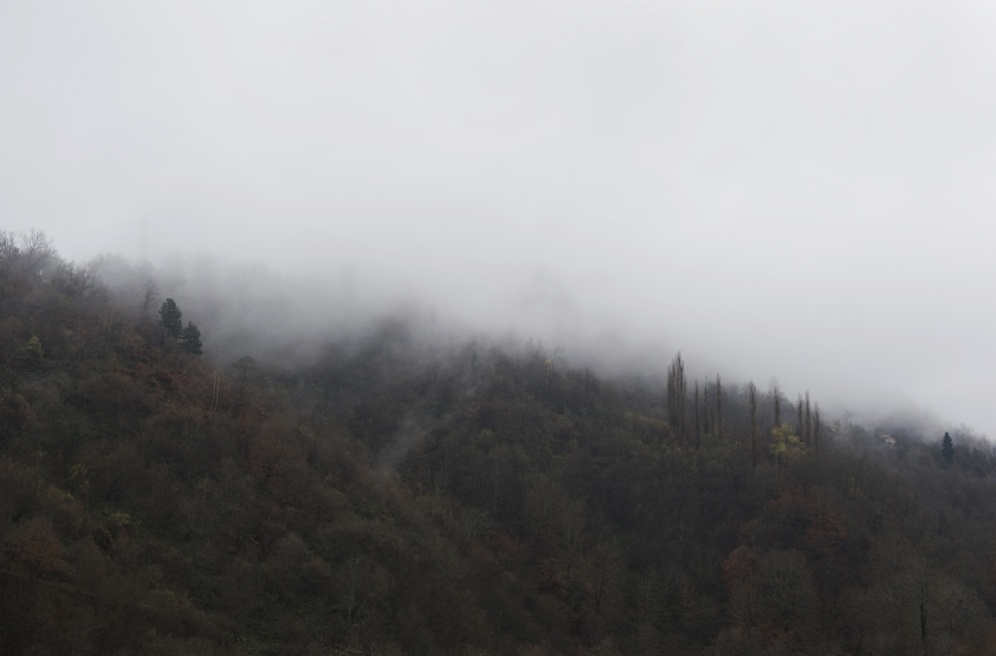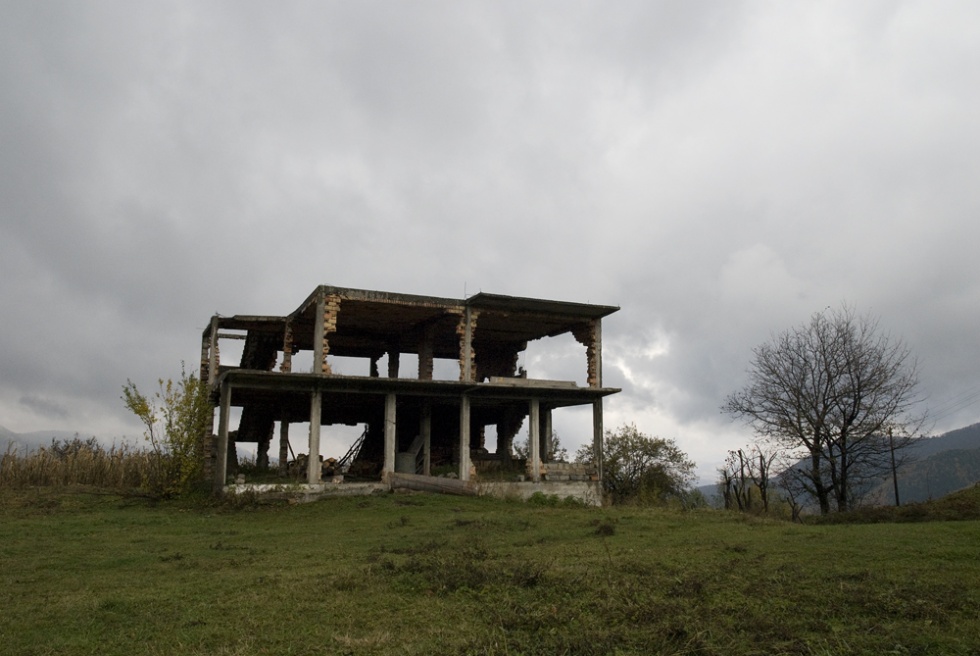Enduring Srebrenica
17 years ago, Srebrenica (UN-protected) was attacked and captured by the Army of Republika Srpska under Ratko Mladiā‡. Following the town's capture, all the men "of fighting age" who fell into Bosnian Serb hands were massacred in a systematically organized series of summary executions. 8.000 Muslim-men and -boys got murdered. The Srebrenica massacre is considered the worst massacre in post-World War II European history to this day. The traces of that drama are huge, trauma’s which are almost not possible to heal.
Our lives moved on. The weekly news is about other subjects, new disasters need to be told. But the people who were involved in the war in Bosnia can't move on. Lots of them think about the war every day. Because of the genocide many women lost their husbands, suns, fathers, brothers, uncles, neighbors and good friends. Some of those victims are identified and reburied, others are still missing. A lot of mass graves are not opened yet.
The ICMP (International Commission on Missing Persons) is working hard every day to identify body parts. For the identification, they use DNA material from family members, but also personal things which are found in the clothes and remaining. Every year on the 11th of July the bodies which are identified in the past year will be buried. Some families bury one of their loved ones every year.
In Bosnia there are still several Muslim- and Serbian refugee camps with thousands of families that are living there. Some refugees go back to their old houses and try to rebuilt them. Others are afraid to go back, because of the memories and that what they will find there. Most of the people don't have the financial possibility to rebuild their houses and therefore they have to stay in the camps.
When you travel through Bosnia you can’t escape of the sad view of all the wrecked houses, covered with bullet holes. The traces of war are there to be found everywhere. For instance warning signs for mines on trees. It will take 40 more years for the Mine action teams to clean the country.
Among the UN soldiers there are men who can’t get over the past. Lots of them have trouble to move on with their lives. Some of them have PTSS and get treated for that.
In my photo project I want to show the traces of the war in Bosnia. The troubled humans have to move one with their lives after such a dramatic event. I want to show the problems and trouble people are facing after the attention is gone because our attention is drawn by new disasters that need to be told.
You can see the whole project on my website: www.claudiaheinermann.nl



































